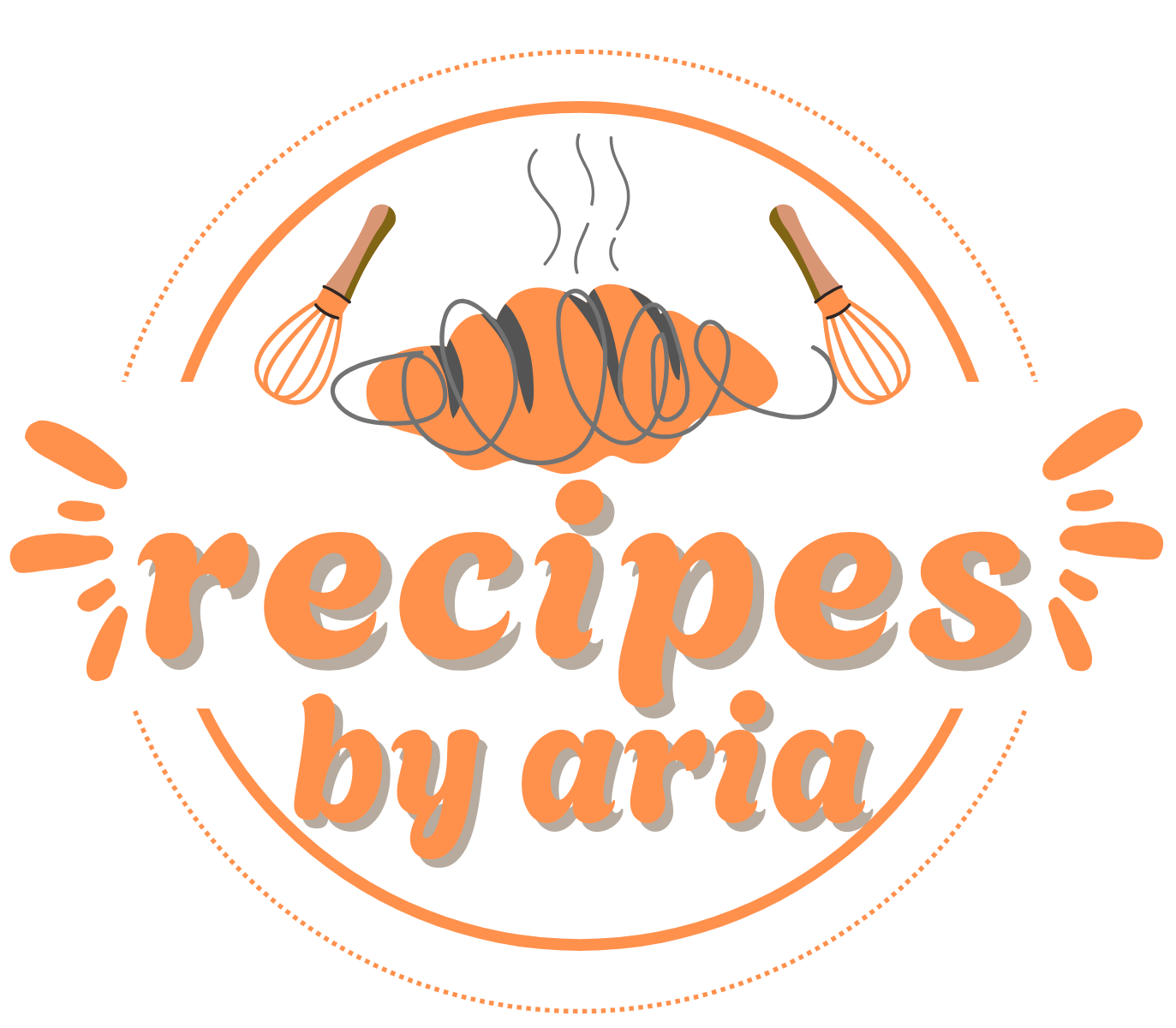The soft, golden Hot Cross Buns are a timeless springtime treat, delicately infused with warm spices like cinnamon and nutmeg, and dotted with sweet currants or raisins. Each bun is finished with a signature flour cross and glazed to glossy perfection, making it a beautiful and nostalgic addition to your Easter or brunch table.
Perfectly fluffy and just the right touch of sweet, these buns are more than just a tradition they’re comfort food at its finest. Enjoy them warm from the oven with a pat of butter or toasted the next day for breakfast. Their soft crumb and spiced aroma are sure to bring joy to any celebration or cozy weekend moment.
Full Recipe:
Ingredients:
-
1 cup warm milk (110°F)
-
1/2 cup granulated sugar
-
2 1/4 tsp active dry yeast
-
1/2 cup unsalted butter, melted
-
2 large eggs
-
1/2 tsp salt
-
1/2 tsp ground cinnamon
-
1/4 tsp ground nutmeg
-
1/4 tsp ground allspice
-
4 cups all-purpose flour
-
3/4 cup dried currants or raisins
For the cross:
-
1/2 cup all-purpose flour
-
5–6 tbsp water
For the glaze:
-
1/4 cup granulated sugar
-
1/4 cup water
Directions:
-
In a large mixing bowl, combine the warm milk and sugar. Stir until dissolved, then sprinkle in the yeast. Let sit for 10 minutes until foamy.
-
Add the melted butter, eggs, salt, and spices. Mix well.
-
Gradually stir in the flour, one cup at a time, until a soft dough forms. Add in the dried currants or raisins.
-
Knead the dough on a floured surface for about 8–10 minutes until smooth and elastic.
-
Place the dough in a greased bowl, cover, and let rise in a warm place for 1–1.5 hours or until doubled in size.
-
Punch down the dough and divide it into 12–15 equal pieces. Shape each piece into a ball and place them on a greased baking sheet or pan.
-
Cover and let rise again for 30–45 minutes.
-
Preheat the oven to 375°F (190°C).
-
Mix the flour and water for the cross to form a thick paste. Pipe a cross on top of each bun using a piping bag or zip-top bag with a corner snipped off.
-
Bake for 20–25 minutes or until golden brown.
-
Meanwhile, heat the sugar and water for the glaze in a small saucepan until sugar dissolves. Brush over hot buns when they come out of the oven for a glossy finish.
Prep Time: 20 minutes | Rising Time: 1 hr 45 min | Cooking Time: 25 minutes | Total Time: 2 hrs 30 min
Kcal: 290 kcal | Servings: 12–15 buns
The History and Cultural Significance of Hot Cross Buns
Hot Cross Buns are more than just a delicious spiced sweet bread roll; they are steeped in centuries of tradition and rich cultural symbolism. These lightly sweetened yeast buns, dotted with currants or raisins and marked with a signature cross on top, are most commonly associated with Easter, particularly Good Friday. But their story begins much earlier than modern Christianity.
The origin of Hot Cross Buns can be traced back to pre-Christian times when small buns marked with a cross were offered to pagan deities as part of spring festivals celebrating renewal and rebirth. The Saxons, for instance, baked buns in honor of Eostre, the goddess of dawn and fertility, with the cross symbol representing the four quarters of the moon or the four seasons. When Christianity spread through Europe, religious leaders recontextualized many of these customs, and the buns became a Good Friday tradition symbolizing the crucifixion of Jesus Christ.
The earliest record of a Hot Cross Bun in England dates back to the 12th century when a monk at St. Albans Abbey reportedly created a spiced bun marked with a cross and distributed it to the poor on Good Friday. By the 16th century, Hot Cross Buns were being sold by street vendors and bakeries, but their religious association remained so strong that Queen Elizabeth I issued a decree banning their sale except on Good Friday, Christmas, and for burials.
Over time, Hot Cross Buns have evolved into a beloved seasonal treat enjoyed around the world. While they remain most popular during the Easter season, many cultures now bake and enjoy them throughout the year. The recipe itself has also seen creative twists, from chocolate chip variations to buns flavored with orange zest, cranberries, or even topped with a sugar glaze.
The Symbolism of the Cross and Ingredients
The defining feature of a Hot Cross Bun is, of course, the white cross marked on the top. Traditionally made from flour and water paste, this cross has deep religious connotations, symbolizing the crucifixion of Jesus Christ. It serves as a visual reminder of the reason for the Easter celebration and marks the solemnity of Good Friday. Today, the cross is sometimes piped with icing or a sugar glaze for a sweeter, more modern look, though many bakers still honor the traditional paste cross for its authenticity.
The ingredients themselves also carry meaning. The spices used in the dough often cinnamon, nutmeg, and allspice are said to represent the embalming spices used when Jesus was laid in the tomb. The dried fruits signify the sweetness of life and resurrection. Even the act of sharing Hot Cross Buns is seen as a communal and spiritual gesture, often accompanied by a blessing.
In some parts of the world, traditions suggest that Hot Cross Buns baked and shared on Good Friday hold magical or protective properties. In England and Ireland, it was once believed that a bun hung in the kitchen would ward off evil spirits, prevent fires, and ensure that all bread baked that year would rise perfectly.
The Role of Hot Cross Buns in Modern Celebrations
While deeply symbolic, Hot Cross Buns have also found their place in contemporary Easter celebrations simply as a beloved family tradition and comfort food. Many households and bakeries make it a point to prepare or purchase these buns during Holy Week. They are often served warm with a pat of butter, alongside tea or coffee, making for a comforting breakfast or afternoon treat.
For many, baking Hot Cross Buns at home is a cherished annual activity, bringing families together in the kitchen. Children can get involved by helping shape the dough, add the dried fruits, or pipe the crosses. This sense of tradition and togetherness is part of what makes Hot Cross Buns so enduring.
Moreover, modern adaptations have made the recipe more accessible to a wider audience. Vegan, gluten-free, and dairy-free versions are now widely available, allowing people with dietary restrictions to enjoy this traditional treat. Some creative bakers have even turned the classic bun into other baked goods, such as Hot Cross Bun loaves, muffins, and even bread pudding.
Regional Variations Around the Globe
Hot Cross Buns may have originated in England, but they have since traveled across the globe, adapting to local tastes and traditions. In Australia and New Zealand, supermarkets begin selling Hot Cross Buns months ahead of Easter, and variations include chocolate chip, apple and cinnamon, and caramel.
In Jamaica, a popular version of the Hot Cross Bun is made with spiced dough and served with cheese, creating a sweet and savory combination that reflects the island’s culinary identity. In South Africa, they are commonly served with tea, while in Canada and the United States, they are more of a specialty item often featured in artisan bakeries around Easter.
Despite these regional differences, the core of the recipe spiced dough, dried fruit, and a cross remains largely the same, preserving the bun’s symbolic and culinary heritage.
Nutritional Insights and Enjoyment Tips
While Hot Cross Buns are a seasonal indulgence, they can be enjoyed as part of a balanced diet. The combination of enriched dough, spices, and dried fruit provides a source of carbohydrates, fiber, and small amounts of essential nutrients such as iron and potassium. Choosing whole-grain flour or reducing the sugar can make the buns even more nutritious.
They are best enjoyed fresh and warm from the oven, but leftover buns can also be toasted and slathered with butter or jam for a delightful snack. Some people even use them as a base for French toast or bread pudding, repurposing the buns into decadent desserts or brunch items.
To preserve freshness, Hot Cross Buns can be stored in an airtight container at room temperature for up to three days or frozen for longer storage. Simply reheat them in a low oven or toaster for a warm, comforting bite.
Conclusion:
Hot Cross Buns are more than a sweet seasonal bread they are a cultural artifact, a symbol of faith, and a vehicle for culinary creativity. From their ancient origins to their modern-day reinventions, they continue to bring people together in celebration and remembrance.
Whether you enjoy them for their spiritual symbolism, their cozy flavors, or their nostalgic charm, Hot Cross Buns are a timeless Easter staple that deserves a place in every kitchen. As food continues to be a means of connecting us to our past and present, this beloved bun reminds us of the joy found in simple traditions, shared meals, and the comforting warmth of homemade baking.






